I have an issue with one of my C# project where the main process will sometimes not exit.
It's an Avalonia 11 project that uses LibUsbDotNet to communicate with a vendor USB peripheral.
Sometimes (~10%), upon closing the main window, the 'console' window will stay there, frozen forever. When trying to break in Visual Studio, the break button gets greyed after being clicked on (as shown in the picture below).
When trying to attach a debugger to the process using Windbg, I get the following:
So, clearly the process is "exiting". But it never does and I eventually get a debugger timeout.
The error is related to USB communications, most likely within LibUsbDotNet as the process exits as soon as I unplug the device the application interacts with. And so long as the process runs, the handle on that device is not released.
Only one thread possesses the UsbContext, which is a IDisposable, whose Dispose is called in the finalizer of a component instanciated by Autofac in Main.
That's very specific information though, and I'm as interested in the general answer as in solving this particular problem - how can I go about tracking the source down in such a situation where I can't even attach a debugger during process termination to try to figure out what awaits what ?

